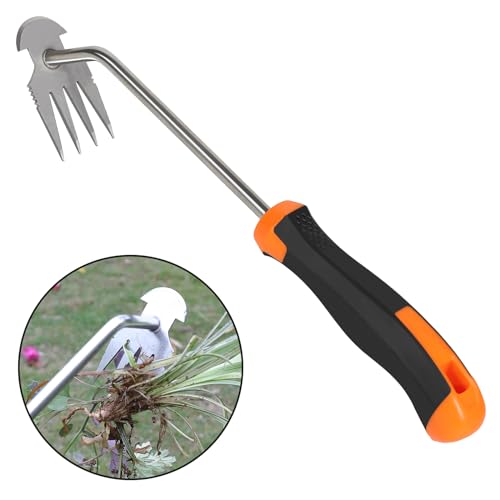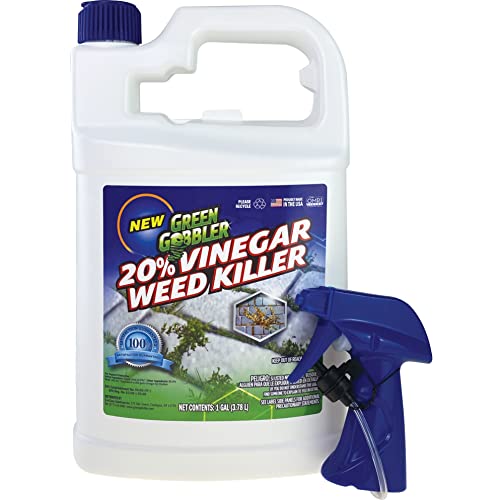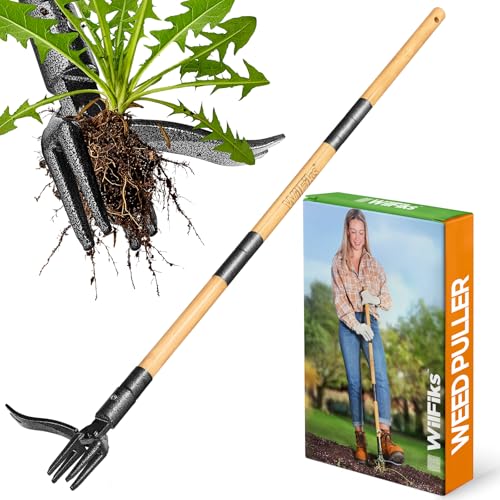How to get rid of shameplant – expert methods to stop this vigorous, tropical creeper in its tracks
Although often grown purposely in milder climes, this unique, touch-responsive plant has an invasive habit in humid regions

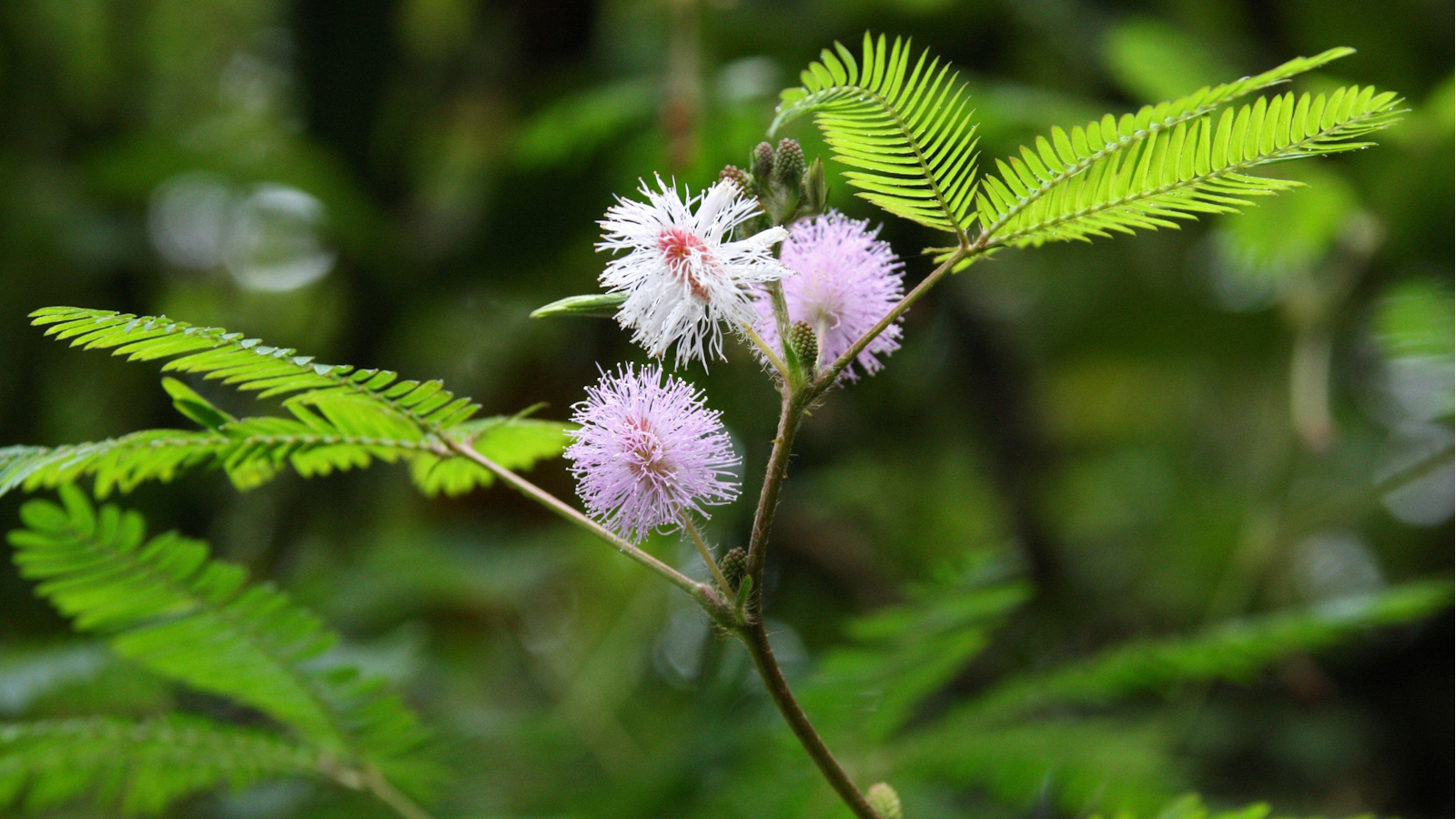
June is a prominent time for weeds to let loose in our yards. The warmer months encourage weeds to bloom, spread, and take over spaces where they're unwelcome. One of the most unique weeds catching the attention of gardeners in the southern US states in particular is shameplant, or Mimosa pudica.
Believed to have originated in Brazil, this rapidly spreading, low-growing plant can be found in Central and South America, identifiable by its feathery foliage and pink pincushion blooms. Something particularly interesting about this plant is its response to being touched. Its leaves curl inward, earning it other common names of 'sensitive plant' and 'touch-me-not.' But, while it is beautiful in its own way, you might be seeking to get rid of weeds like shameplant if they're starting to takeover an area of your yard and competing with native plants for nutrients.
The good news is, it is possible to get rid of shameplant and control it, but it isn't always the easiest thing to do. Here, we take a look at effective methods to stop this creeping weed growing any further.

How to get rid of shameplant
Before jumping in with how to get rid of shameplant, it's worth noting some gardeners in milder climates actually choose to grow it for its curious nature and appearance. Its blooms have a similar appeal to scabiosa and buttonbush, while its foliage brings an instant tropical garden feel to the yard.
However, in some regions this plant has an invasive habit, especially in US hardiness zones 10+ where humidity levels are higher. In this climate, you'll likely be seeking for answers to get rid of shameplant, or at least how to control it.
Expert tips to get rid of shameplant
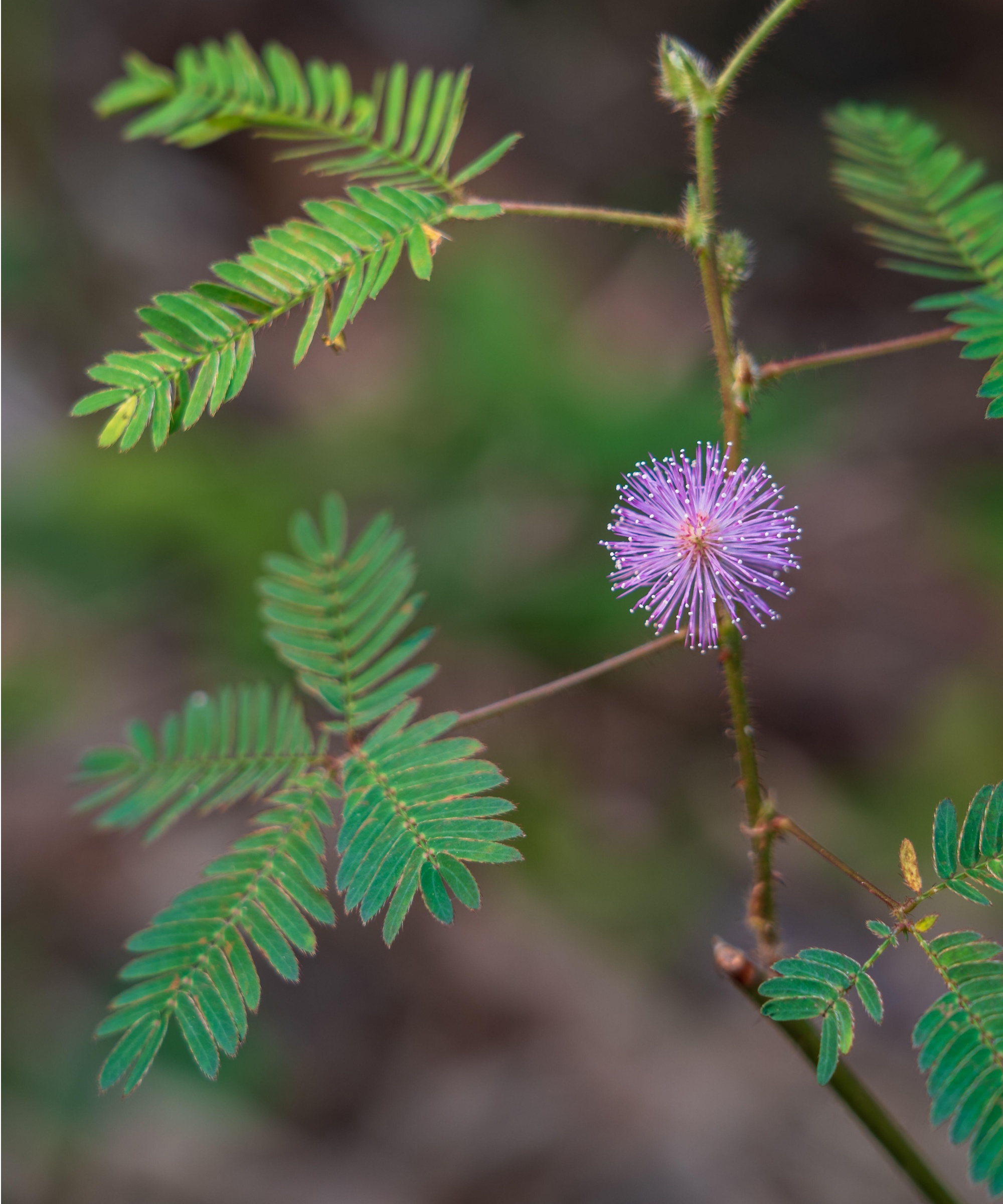
There are a few reasons why shameplant can be tricky to get rid of. This includes the fact it produces a lot of seeds which rapidly spread via wind, rain, and wildlife. It also can grow in very poor soil types.
But, this isn't to say you can't get rid of shameplant in your yard entirely, it just requires some effort and persistence.
Design expertise in your inbox – from inspiring decorating ideas and beautiful celebrity homes to practical gardening advice and shopping round-ups.
'One of the most effective methods to get rid of any invasive weed is to pull it up by the roots,' says Homes & Gardens' Gardens Content Editor, Drew Swainston. 'This is especially true for plants like shameplant which can regrow from its roots. Making sure the root system is removed lessens the chance of re-emergence,' he explains.
This method to get rid of shameplant is easier to do while the plant is young and not established. You can use essential gardening tools, like this shovel from Amazon, to dig the plant up, keeping roots intact.
'I find this weed pulling tool from Amazon particularly useful for this sort of task. It grabs weeds and aids efforts to pull roots up from the ground,' Drew suggests.
Another method to employ is smothering shameplant, which can work well thanks to its creeping habit. There are a few ways to do this, such as using cardboard for weed control, mulching, or using a weed tarp (from Amazon).
Smothering essentially blocks sunlight from weeds, stunting their growth. This is a good option if shameplant is covering a large area in your yard.
Of course, you can also control the spread of shameplant by manually removing seedpods. These can be identified as long, brown, fuzzy pods growing on the plant. Remove them by hand or with essential pruning tools (like these shears from Amazon).
No matter which method you use to get rid of shameplant, the key to removing it entirely is being vigilant. Reoccurrence is common with this weed, so it's likely you'll need to use multiple methods repeatedly until the whole plant is gone.

Drew qualified as a journalist and wrote for many websites and publications, before studying for a horticulture qualification. He worked as a professional gardener for several years, specializing in kitchen gardening. He's now bringing his expertise and passion to Homes & Gardens as a member of our team.
FAQs
Can I just cut back shameplant to control it?
You can cut back shameplant to control its size and spread, but this won't get rid of it entirely. These plants have vigorous growth and will regrow when cut back. However, cutting shameplant back before it goes it seed is an effective way to stop it spreading so widely in your yard. This control measure requires regular monitoring and trimming, which is why many gardeners choose to get rid of shameplant altogether.
It's no doubt getting rid of shameplant requires some effort and can be time-consuming, but employing these methods is the best way to remove it from your yard entirely. You can also make weed killer to help get rid of this unwelcome plant. In particular, vinegar kills weeds like shameplant well, just like boiling water kills weeds.
Weeding essentials for your yard

Tenielle is a Gardens Content Editor at Homes & Gardens. She holds a qualification in MA Magazine Journalism and has over six years of journalistic experience. Before coming to Homes & Gardens, Tenielle was in the editorial department at the Royal Horticultural Society and worked on The Garden magazine. As our in-house houseplant expert, Tenielle writes on a range of solutions to houseplant problems, as well as other 'how to' guides, inspiring garden projects, and the latest gardening news. When she isn't writing, Tenielle can be found propagating her ever-growing collection of indoor plants, helping others overcome common houseplant pests and diseases, volunteering at a local gardening club, and attending gardening workshops, like a composting masterclass.
